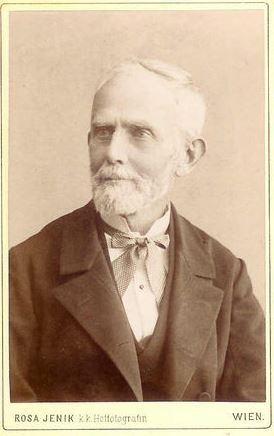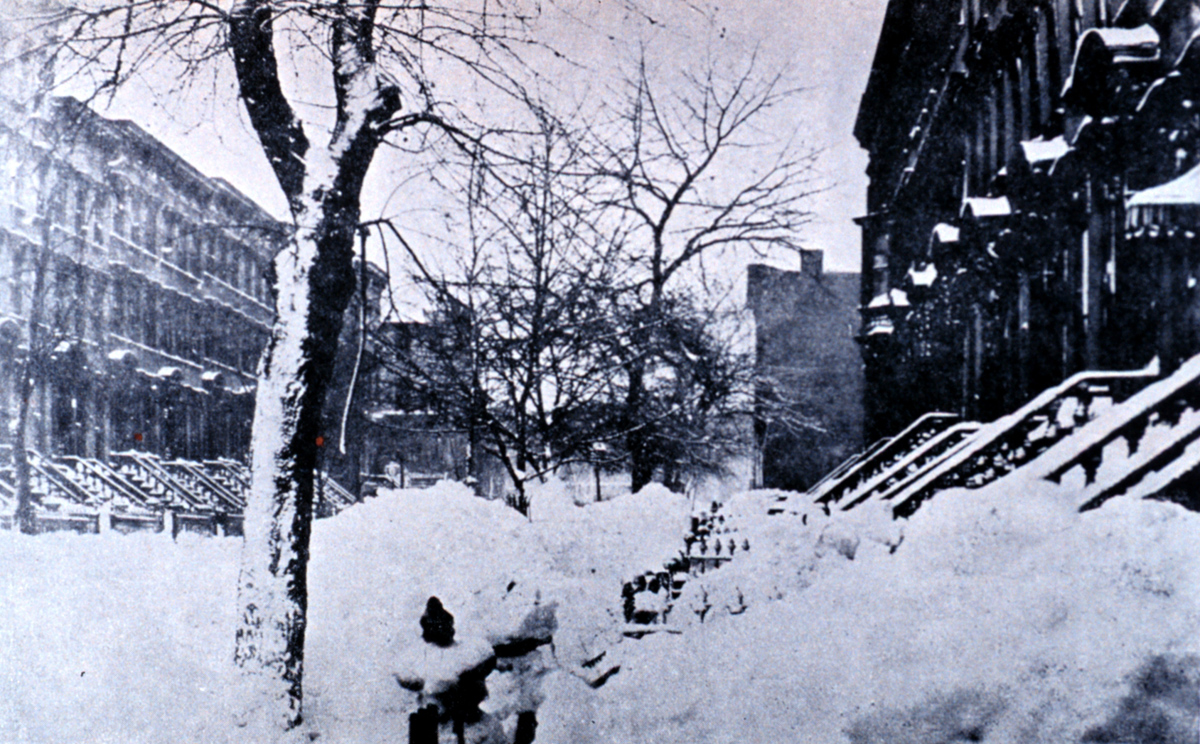|
Karol Ľudovít Libai
Karl Ludwig Libay (Slovakian: Karol Ľudovít Libai; 13 May 1814/16, Banská Bystrica – 16 January 1888, Vienna)Glocko, F.: ''Samuel Libay - život a dielo banskobystrického zlatníka.'' Banská Bystrica : Stredoslovenské múzeum, 2018, pgs.44-46 . was a Slovak lithographer, draftsman and painter. Biography His father, , was a silversmith and goldsmith. He began with the intention of becoming a goldsmith as well; serving an apprenticeship with his father from 1892 to 1832. That year, the Goldsmith's Guild promoted him to Journeyman. Two years later, aged only twenty, he achieved the status of Master. Shortly after, he went to Vienna to sharpen his skills, but his exposure to the cosmopolitanism there diverted his attention to a different kind of artistic endeavor. In 1835, he enrolled at the Academy of Fine Arts Vienna, Academy of Fine Arts. His teachers there included the portraitist, , Johann Nepomuk Ender, Leopold Kupelwieser (a friend of Franz Schubert), and the landscape ... [...More Info...] [...Related Items...] OR: [Wikipedia] [Google] [Baidu] |
Sklené Teplice
Sklené Teplice (, ) is a small spa village and municipality in Žiar nad Hronom District in the Banská Bystrica Region of central Slovakia. It is close to the historic town of Banská Štiavnica. History In historical records the village was mentioned for the first time in 1340 and was founded by Glaser Filius Gerhardi de Doplicze. Historical records for the spa come from 1549 in the chronicles of Juraj Wernher. The first spa was built in this valley in 1701. Aristocratic travelers from across Europe visited the site. The spa community achieved prominence on August 27, 1786 when the world's first academic scientific congress was held here. The congress was attended by notable intellectuals, including Johann Wolfgang von Goethe. The current spa complex dates from the early 1900s. Geography The village lies at an altitude of 360 metres and covers an area of 10.913 km². It has a population of 449 people (as of 2006). The village lies in the Štiavnica Mountains, about h ... [...More Info...] [...Related Items...] OR: [Wikipedia] [Google] [Baidu] |
Hungarian Landscape Painters
Hungarian may refer to: * Hungary, a country in Central Europe * Kingdom of Hungary, state of Hungary, existing between 1000 and 1946 * Hungarians/Magyars, ethnic groups in Hungary * Hungarian algorithm, a polynomial time algorithm for solving the assignment problem * Hungarian language, a Uralic language spoken in Hungary and all neighbouring countries * Hungarian notation, a naming convention in computer programming * Hungarian cuisine Hungarian or Magyar cuisine (Hungarian language, Hungarian: ''Magyar konyha'') is the cuisine characteristic of the nation of Hungary, and its primary ethnic group, the Hungarians, Magyars. Hungarian cuisine has been described as being the P ..., the cuisine of Hungary and the Hungarians See also * * {{disambiguation Language and nationality disambiguation pages ... [...More Info...] [...Related Items...] OR: [Wikipedia] [Google] [Baidu] |
Slovak Landscape Painters
Slovak may refer to: * Something from, related to, or belonging to Slovakia (''Slovenská republika'') * Slovaks, a Western Slavic ethnic group * Slovak language, an Indo-European language that belongs to the West Slavic languages * Slovak, Arkansas, United States See also * Slovák, a surname * Slovák, the official newspaper of the Slovak People's Party Andrej Hlinka, Hlinka's Slovak People's Party (), also known as the Slovak People's Party (, SĽS) or the Hlinka Party, was a far-right Clerical fascism, clerico-fascist political party with a strong Catholic fundamentalism, Catholic fundamental ... * {{disambiguation, geo Language and nationality disambiguation pages ... [...More Info...] [...Related Items...] OR: [Wikipedia] [Google] [Baidu] |
19th-century Hungarian Painters
The 19th century began on 1 January 1801 (represented by the Roman numerals MDCCCI), and ended on 31 December 1900 (MCM). It was the 9th century of the 2nd millennium. It was characterized by vast social upheaval. Slavery was abolished in much of Europe and the Americas. The First Industrial Revolution, though it began in the late 18th century, expanded beyond its British homeland for the first time during the 19th century, particularly remaking the economies and societies of the Low Countries, France, the Rhineland, Northern Italy, and the Northeastern United States. A few decades later, the Second Industrial Revolution led to ever more massive urbanization and much higher levels of productivity, profit, and prosperity, a pattern that continued into the 20th century. The Catholic Church, in response to the growing influence and power of modernism, secularism and materialism, formed the First Vatican Council in the late 19th century to deal with such problems and confirm ce ... [...More Info...] [...Related Items...] OR: [Wikipedia] [Google] [Baidu] |
1888 Deaths
Events January * January 3 – The great telescope (with an objective lens of diameter) at Lick Observatory in California is first used. * January 12 – The Schoolhouse Blizzard hits Dakota Territory and the states of Montana, Minnesota, Nebraska, Kansas and Texas, leaving 235 dead, many of them children on their way home from school. * January 13 – The National Geographic Society is founded in Washington, D.C. * January 19 – The Battle of the Grapevine Creek, the last major conflict of the Hatfield–McCoy feud in the Southeastern United States. * January 21 – The Amateur Athletic Union is founded by William Buckingham Curtis in the United States. * January 26 – The Lawn Tennis Association is founded in England. February * February 27 – In West Orange, New Jersey, Thomas Edison meets with Eadweard Muybridge, who proposes a scheme for sound film. March * March 8 – The Agriculture College of Utah (later Utah State University) i ... [...More Info...] [...Related Items...] OR: [Wikipedia] [Google] [Baidu] |
1810s Births
Year 181 ( CLXXXI) was a common year starting on Sunday of the Julian calendar. At the time, it was known as the Year of the Consulship of Aurelius and Burrus (or, less frequently, year 934 ''Ab urbe condita''). The denomination 181 for this year has been used since the early medieval period, when the Anno Domini calendar era became the prevalent method in Europe for naming years. Events By place Roman Empire * Imperator Lucius Aurelius Commodus and Lucius Antistius Burrus become Roman Consuls. * The Antonine Wall is overrun by the Picts in Britannia (approximate date). Oceania * The volcano associated with Lake Taupō in New Zealand erupts, one of the largest on Earth in the last 5,000 years. The effects of this eruption are seen as far away as Rome and China. Births * April 2 – Xian of Han, Chinese emperor (d. 234) * Zhuge Liang, Chinese chancellor and regent (d. 234) Deaths * Aelius Aristides, Greek orator and writer (b. 117) * Cao Jie, Chinese ... [...More Info...] [...Related Items...] OR: [Wikipedia] [Google] [Baidu] |
Karol Ľudovít Libay - Salzburg - K 16153 - Slovak National Gallery
{{disambiguation, geo ...
Karol may refer to: Places * Karol, Gujarat, a village on Saurashtra peninsula in Gujarat, west India ** Karol State, a former Rajput petty princely state with seat in the above town *Karol Bagh, neighbourhood of Central Delhi, Delhi, India **Karol Bagh metro station **Karol Bagh Assembly constituency **Karol Bagh Lok Sabha constituency Film/TV *'' Karol: A Man Who Became Pope'', a 2005 miniseries *'' Karol: The Pope, The Man'', a 2006 miniseries Other uses *Karol (name) *King Karol, a New York City-based record store chain See also *Carol (other) *Kalol (other) *Karoli (other) *Karoo (other) *Karow (other) Karow or Karów may refer to:: * Karow, Mecklenburg-Vorpommern, Germany * Karow, Saxony-Anhalt, Germany * Karow (Berlin), a district in the borough of Pankow in Berlin * Karów, Poland * Marty Karow (1904-1986), All-American college football player ... [...More Info...] [...Related Items...] OR: [Wikipedia] [Google] [Baidu] |
Hungarian National Gallery
The Hungarian National Gallery (also known as Magyar Nemzeti Galéria, ), was established in 1957 as the national art museum. It is located in Buda Castle in Budapest, Hungary. Its collections cover Hungarian art in all genres, including the works of many nineteenth- and twentieth-century Hungarian artists who worked in Paris and other locations in the West. The primary museum for international art in Budapest is the Museum of Fine Arts. Exhibitions The National Gallery houses Medieval, Renaissance, Gothic art, and Baroque Hungarian art. The collection includes wood altars from the 15th century. The museum displays a number of works from Hungarian sculptors such as Károly Alexy, Maurice Ascalon, Miklós Borsos, Gyula Donáth, János Fadrusz, Béni Ferenczy, István Ferenczy and Miklós Izsó. It also exhibits paintings and photographs by major Hungarian artists such as Brassai and Ervin Marton, part of the circle who worked in Paris before World War II ... [...More Info...] [...Related Items...] OR: [Wikipedia] [Google] [Baidu] |
Albertina
The Albertina is a museum in the Innere Stadt (First District) of Vienna, Austria. It houses one of the largest and most important print rooms in the world with approximately 65,000 drawings and approximately 1 million old master prints, as well as more modern graphic works, photographs and architectural drawings. Apart from the graphics collection the museum has acquired, on permanent loan two significant collections of Impressionist and early 20th-century art, some of which are on permanent display. The museum also houses temporary exhibitions. The museum had 360,073 visitors in 2020, down 64 percent from 2019 due to the COVID-19 pandemic, but still ranked 55th in the List of most-visited art museums in the world. History The Albertina was erected on one of the last remaining sections of the fortifications of Vienna, the Augustinian Bastion. Originally, the Hofbauamt (Court Construction Office), which had been built in the second half of the 17th century, stood in that locati ... [...More Info...] [...Related Items...] OR: [Wikipedia] [Google] [Baidu] |
East Slovak Museum
The East Slovak Museum () in Košice, Slovakia, is one of the oldest Slovak museums, founded in 1872. It is located in the Old Town borough of Košice, at ''Námestie maratóncov'' (Marathon Runners' Square). The museum was founded on 25 June 1876 as ''Felső-Magyarországi Muzeum'' (Museum of Upper Hungary), in the Kingdom of Hungary. In 1906, it was renamed to ''Felső-magyarországi Rákóczi Múzeum'' after the reburial of Francis II Rákóczi. A neo-Renaissance building was erected in the early 20th century. It was the first building in the town designed to serve its needs as a museum. There are sculptures of Perseus and Vulcan on the facade of the building. The museum also possesses a relocated wooden church that was built in 1741. Exhibits The main museum building is located at Marathon Runners' Square in central Košice, just outside the Old Town's traditional northern boundary. It serves as the headquarters of the institution, housing several permanent exhibits. It also ... [...More Info...] [...Related Items...] OR: [Wikipedia] [Google] [Baidu] |



